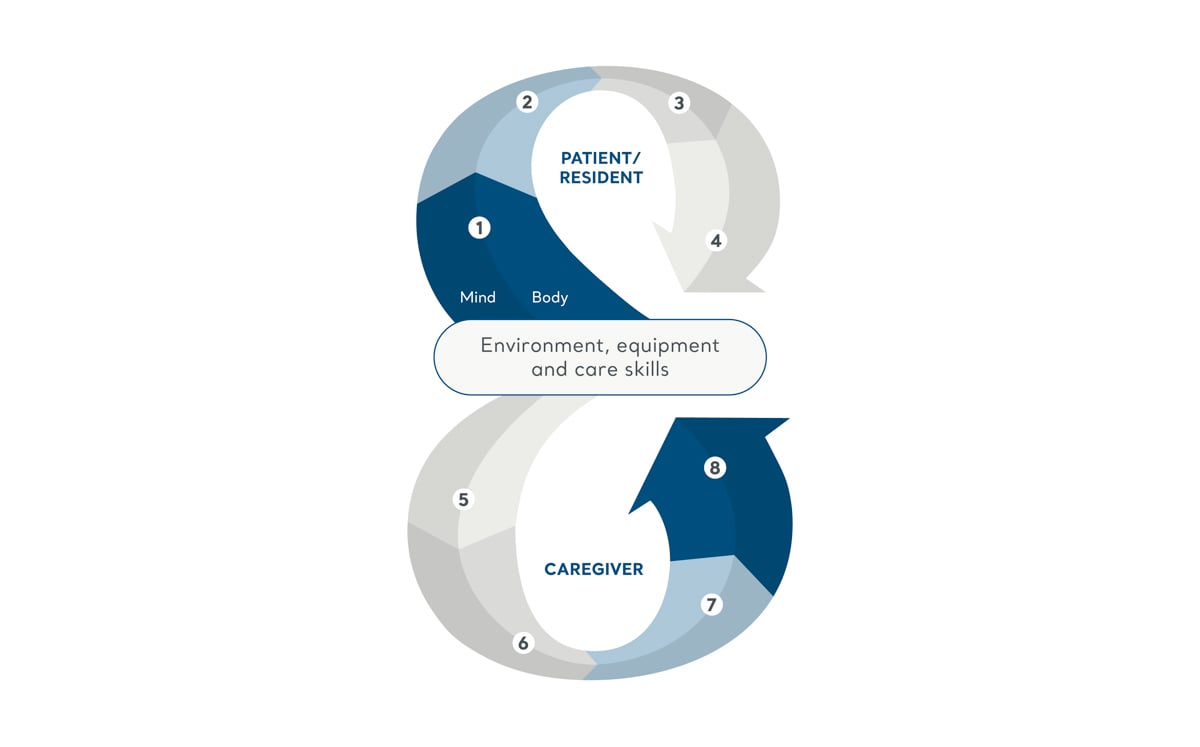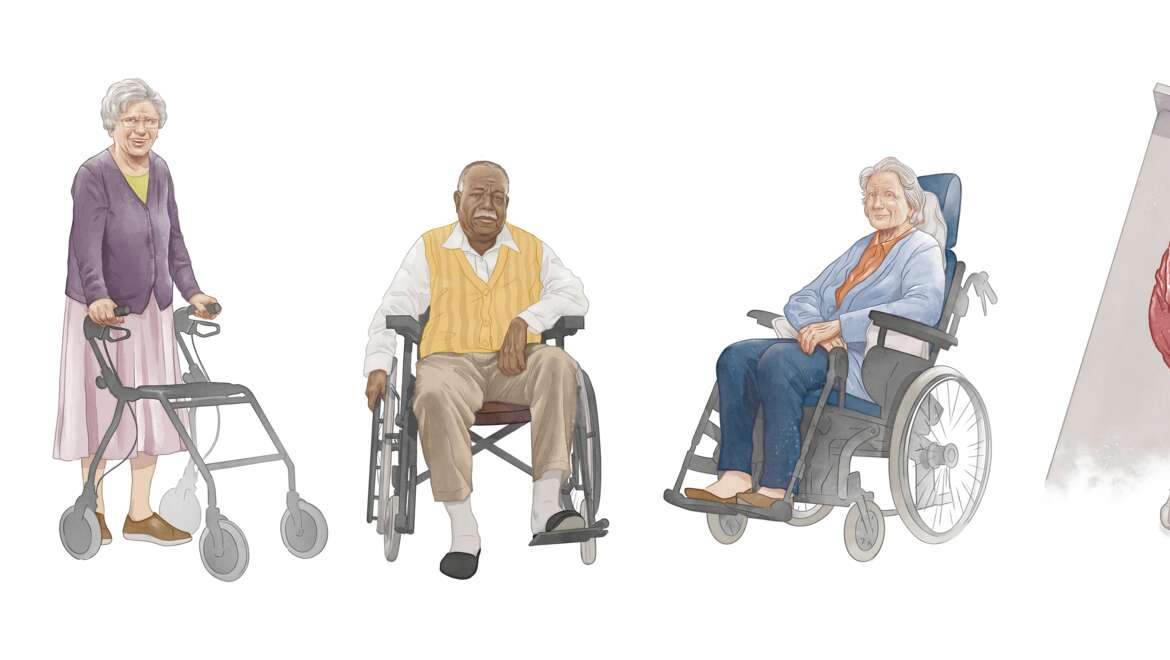
Your timely intervention is everything
Knowing what actions to take and when can make all the difference in
preventing pressure injuries from developing.

Complete your CPD Hours with Arjo Academy
Obtain your CPD hours with certified and relevant education. Arjo Academy On-Demand webinars are an excellent resource to fulfill these CPD requirements, offering flexible, high-quality educational content tailored to healthcare professionals' needs.

World Alzheimer’s Month
Dementia care is delicate and complex, filled with nuances and challenges. We recognise it is not fueled by the pursuit of a cure. Rather, it is care rooted in the fundamental idea that behind each challenge is a unique individual with an unmet emotional or physical need that requires understanding and assistance.
Visit our home for dementia care to watch videos, get downloadable resources, learn about DSDC certifications and our products designed for dementia and much more - all to support person-centred care for people living with dementia.

We support you every step of the way to optimised care facility design
The Arjo Portal for Architects and Planners covers all phases of a care facility project, from early advice on room layouts and space requirements to drawings support and equipment installations.
Sign up here to get instant access to insights and downloads of individual products as well as complete room solutions.

Introducing MyArjo: Your portal to Arjo tools and services
MyArjo is a personalised web portal providing access to Arjo tools and services with one secure login.
Sign up to get MyArjo access and begin your journey to Empower Movement today.

The Positive Eight Philosophy
Our care philosophy explains how facilitating mobility can catalyse a chain of benefits impacting quality of life, caregiver satisfaction, operational efficiency, and financial outcomes.

Mobility gallery
Based on 5 levels of mobility from A to E, the Arjo Mobility Gallery provides a basis for understanding how an individual can contribute to their mobility, as well as how to safeguard caregivers from injuries.

Arjo Insight Assessment
Evidence-based risk assessment that supports you to promote mobility, caregiver safety and efficient workflows.
Arjo at a glance
Facts about Arjo
6,500
employees globally
1957
Arjo was founded
100+ countries
where Arjo sells products and services
Empowering Movement
is at the heart of everything we do
We ensure value by
Preventing the impact of immobility
Promoting greater mobility with dignity
Protecting the wellbeing of caregivers
Optimizing costs and efficiencies in care




